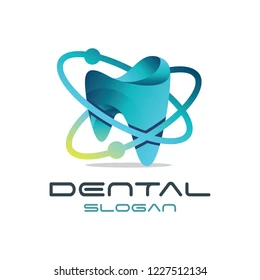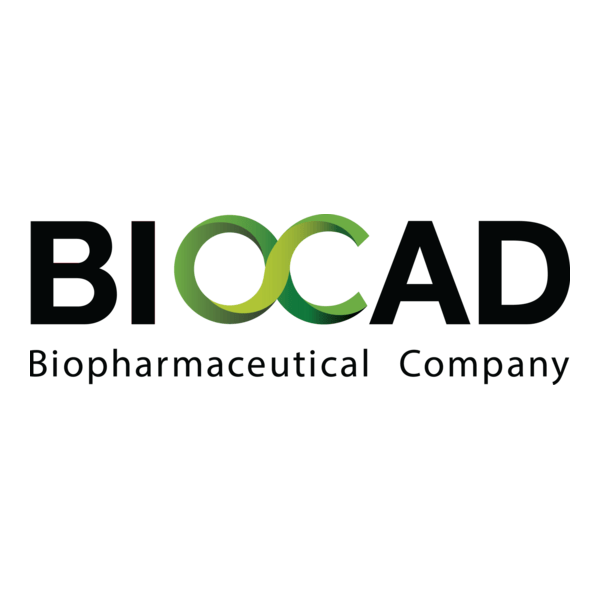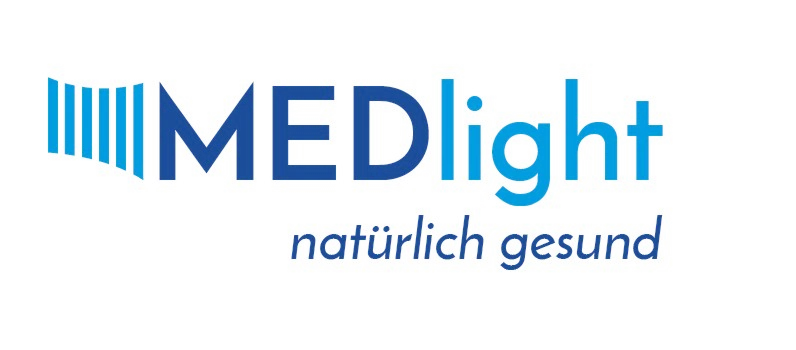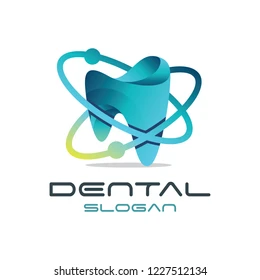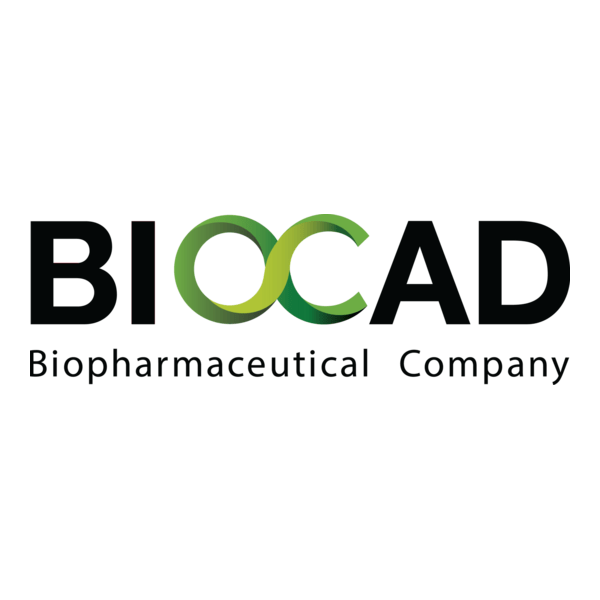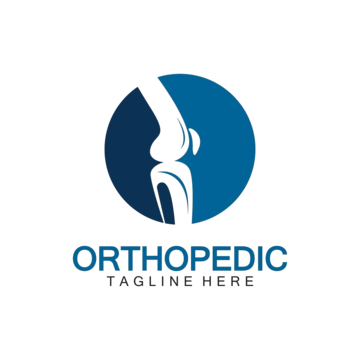Open3D Dental
Context
Open3D Dental is a community-driven extension of the Open3D library, tailored for dental applications. At its core, Open3D is a general 3D data processing framework, widely used in research for working with meshes, point clouds, and volumetric models. The dental fork adapts these tools for clinical and educational use: cleaning intraoral scans, aligning meshes, and preparing STL/PLY files for downstream CAD/CAM systems.
It is not an end-user chairside system — instead, it sits in the workflow as a technical layer. Admins and researchers like it because it is flexible, scriptable, and runs across platforms without licensing costs. In labs or training setups, it often serves as a preprocessing tool before models move to proprietary planning software.
Technical Profile (Table)
| Area | Details |
| Platforms | Windows, Linux, macOS |
| Backend | Python/C++ with Open3D library |
| Dental focus | Mesh cleanup, point cloud alignment, file preparation |
| Inputs | STL, OBJ, PLY, point clouds from intraoral or CBCT exports |
| Outputs | STL/OBJ/PLY ready for CAD/CAM use |
| Functions | Mesh simplification, alignment, registration, visualization |
| Networking | Standalone; scripts can run in clusters or lab servers |
| Security | Local execution; security depends on OS policies |
| Licensing | Open-source (MIT License) |
| Maintenance | Active open-source project; requires Python environment upkeep |
| Users | Research labs, dental schools, IT admins supporting digital workflows |
Scenarios (Dental Use)
– A university research lab uses Open3D Dental scripts to align multiple intraoral scans before case analysis.
– A clinic IT team automates mesh cleanup to reduce noise in STL exports from CBCT.
– A teaching environment demonstrates how raw scan data can be processed into usable CAD inputs without expensive proprietary tools.
Workflow (Admin View)
1. Install Python environment and Open3D library.
2. Enable dental module or use custom scripts from the community.
3. Set up batch scripts for mesh cleanup, downsampling, or alignment.
4. Integrate outputs into downstream dental CAD/CAM tools.
5. Maintain Python packages and update regularly to match Open3D releases.
Strengths / Weak Points
**Strengths**
– Free, open-source, and highly flexible.
– Cross-platform; runs on standard lab hardware.
– Strong scripting capabilities for automation.
– Ideal for preprocessing and research projects.
**Weak Points**
– Not a turnkey dental application; requires technical skill.
– No built-in GUI focused on dental workflows.
– Imaging and DICOM support are limited.
– Documentation for dental use cases is community-driven and may be sparse.
Why It Matters
Open3D Dental plays an important behind-the-scenes role. It doesn’t design restorations or manage patients, but it ensures that the 3D data feeding into those systems is clean, aligned, and usable. For administrators and researchers, it offers a no-cost, flexible toolkit that can be shaped into automation pipelines — giving smaller institutions the same data-processing power that larger labs enjoy, without locking them into proprietary ecosystems.

